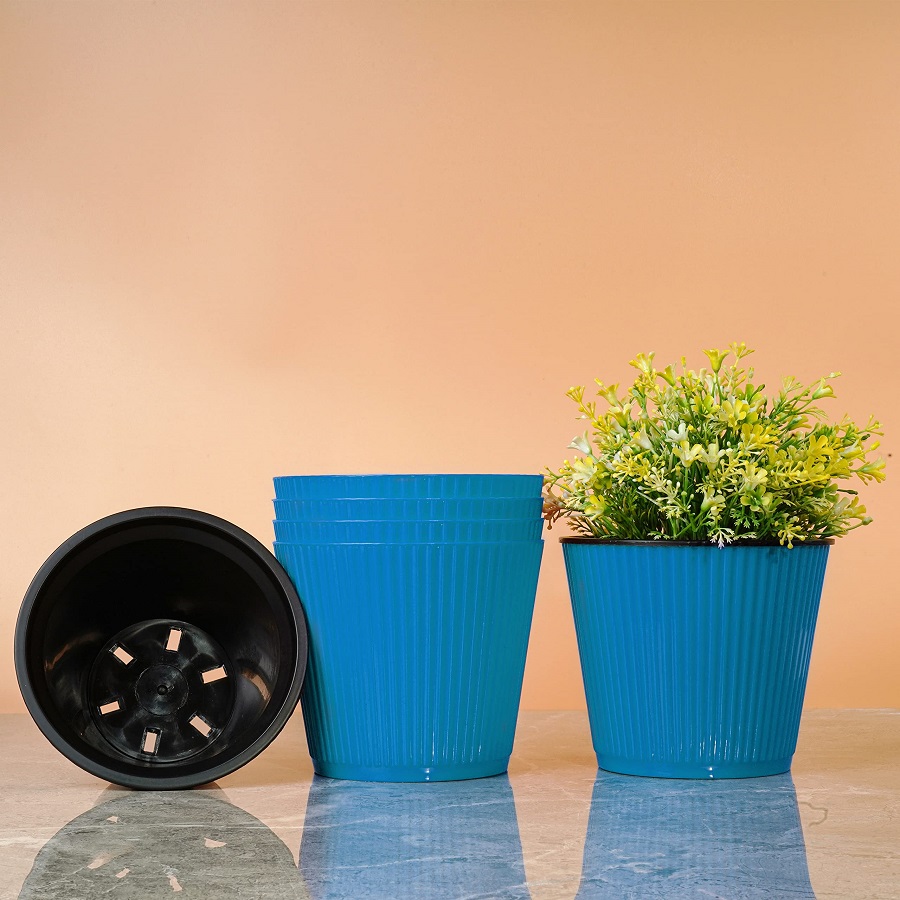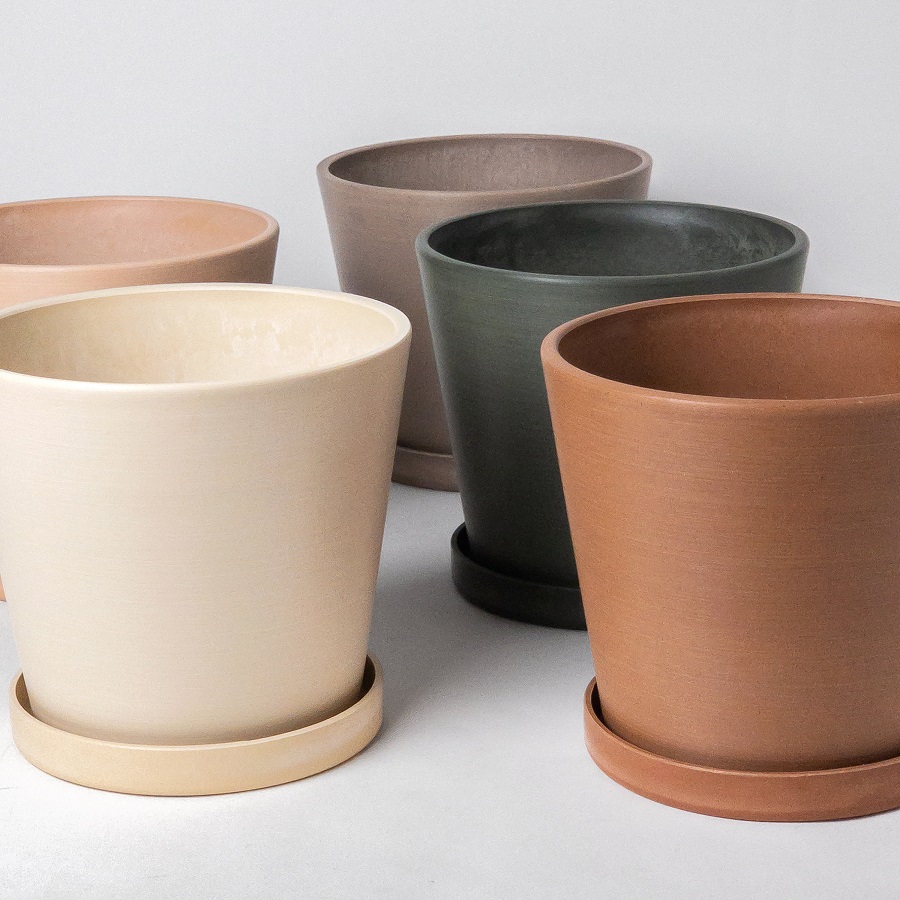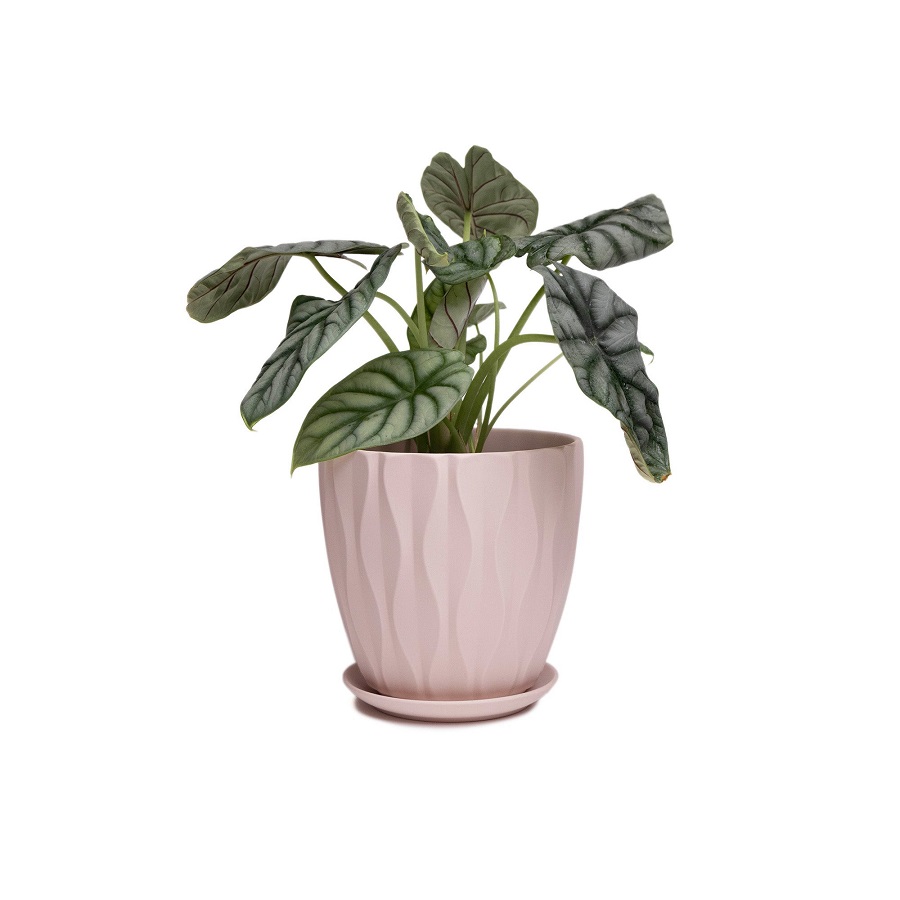When it comes to choosing the right flower pots for your indoor and outdoor plants, one question often arises: do flower pots really need to drain holes? This seemingly simple query has significant implications for plant health and care. In this comprehensive article, we will explore the importance of drainage in plant pots, the consequences of inadequate drainage, alternatives to traditional pots, and tips for ensuring your plants thrive.
The Importance of Drainage for Plant Health
Understanding Plant Roots and Water Needs
Plants absorb water through their roots, and the balance of moisture is crucial for their overall health. Roots need both water and air to function properly. In a well-drained pot, excess water can escape, preventing the roots from sitting in soggy soil. This is particularly important because most plants prefer a moist but not overly wet environment.
When water accumulates in the bottom of a pot without drain holes, it creates a saturated environment that can lead to root rot. Root rot occurs when roots are deprived of oxygen and start to decay, severely hindering the plant’s ability to absorb nutrients. For many houseplants, a well-draining medium allows for better oxygen availability and healthier root development.
Consequences of Poor Drainage
Without proper drainage, several issues can arise. The most common problem is root rot, as mentioned, but other symptoms include yellowing leaves, stunted growth, and an overall decline in health. Over time, the plant may even die if the waterlogged conditions persist.
Additionally, poor drainage can lead to the accumulation of salts in the soil, particularly if you are using fertilizers. These salts can build up over time and become toxic to the plant. Thus, having drain holes is not just about preventing overwatering; it’s also about promoting a healthy ecosystem within the pot.

Exploring Pot Options: Drain Holes vs. No Drain Holes
Traditional Pots with Drain Holes
Traditional pots designed for plants typically come with drain holes. These are often made from clay, ceramic, or plastic. The presence of these holes allows excess water to escape, ensuring that the soil remains at the right moisture level.
When using pots with drain holes, it’s crucial to select an appropriate potting mix that retains some moisture while allowing excess water to drain away. A mixture of potting soil with perlite or sand can improve drainage, making it an excellent choice for many types of plants.
Decorative Pots without Drain Holes
On the other hand, decorative pots often do not feature drain holes, which can be aesthetically pleasing but detrimental to plant health. When using such pots, it’s essential to modify your watering habits. Many plant enthusiasts recommend using these pots as outer containers, placing the potted plant inside and ensuring the inner pot has adequate drainage.
If you decide to plant directly in a non-draining pot, it’s crucial to choose plants that thrive in moist conditions and to monitor the watering closely. Some species, like ferns and peace lilies, can tolerate higher moisture levels but still benefit from occasional drying out.
How to Create Proper Drainage in Non-Draining Pots
Using Potting Materials Wisely
If you have your heart set on a decorative pot without drainage, consider adding a layer of stones or gravel at the bottom. This can help create a false bottom, allowing excess water to settle below the soil level, reducing the risk of root rot.
However, it’s important to note that while this method can improve drainage, it doesn’t entirely eliminate the risks associated with waterlogged soil. The use of moisture-retentive potting mixes can further complicate this scenario, making it essential to choose your soil carefully.
Monitoring Soil Moisture Levels
Another strategy for maintaining plant health in non-draining pots is to use a moisture meter. This handy tool can help you monitor the moisture level in the soil, allowing you to avoid overwatering. If the moisture meter indicates that the soil is still wet, you can delay watering until it dries out more thoroughly.
Additionally, practicing the “soak and dry” method can help. This involves thoroughly watering the plant and allowing it to dry out completely before the next watering. This cycle mimics the natural conditions that many plants experience in the wild and can help maintain their health.
Best Practices for Watering Potted Plants
Understanding the Watering Cycle
The watering cycle is a critical aspect of plant care that can greatly impact the health of your potted plants. The cycle involves recognizing when to water and how much water to provide. Generally, it’s better to underwater than overwater, as most plants are more resilient to drought conditions than they are to excess moisture.
A good rule of thumb is to check the top inch of soil; if it feels dry, it’s time to water. This approach ensures that you’re responding to the plant’s needs rather than adhering to a strict schedule.
Adjusting for Seasonal Changes
As seasons change, so do the water requirements of your plants. In the spring and summer months, many plants experience growth spurts and may require more frequent watering. Conversely, in the fall and winter, plants enter a dormant phase and will need significantly less water.
Adjusting your watering schedule according to the seasons helps maintain the right moisture levels in the soil, promoting healthy growth and preventing issues related to overwatering. Always observe your plants closely; their leaves and growth patterns will often give you clues about their hydration needs.

Selecting the Right Soil for Your Pots
The Role of Potting Mixes
The type of soil you use plays a crucial role in drainage and overall plant health. Standard potting soil can be heavy and retain moisture, which may not be ideal for all plants. For those needing excellent drainage, consider using a mix specifically designed for potted plants, often containing perlite, vermiculite, or coconut coir.
These components help aerate the soil and facilitate drainage, ensuring that roots have access to both water and air. Customizing your potting mix according to the specific needs of your plants can greatly enhance their health and resilience.
Tailoring Soil to Plant Types
Different plants have varying soil requirements based on their natural habitats. For example, succulents and cacti thrive in sandy, well-draining soil, while tropical plants may prefer a richer, moisture-retentive mix. Researching the specific needs of your plants and adjusting your potting soil accordingly will yield the best results.
If you’re unsure what type of soil to use, many garden centers offer specialized mixes for different plant types. These can save you time and ensure that your plants are set up for success right from the start.
Conclusion: Making Informed Choices for Plant Care
Weighing the Pros and Cons of Drain Holes
In conclusion, the presence of drain holes in flower pots is a crucial factor in promoting plant health. While decorative pots without drainage can be tempting, they require careful attention and modifications to ensure the well-being of your plants.
Ultimately, the choice of whether to use pots with or without drain holes should be based on the specific needs of your plants, your aesthetic preferences, and your ability to manage watering practices effectively.

Embracing Best Practices for Long-Term Success
By understanding the importance of drainage and adopting best practices in plant care, you can create a thriving environment for your plants. Whether you choose pots with drain holes or decorative options without, the key is to remain vigilant about moisture levels, soil composition, and seasonal changes. With informed choices, your plants can flourish, bringing beauty and life to your space.
